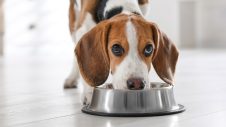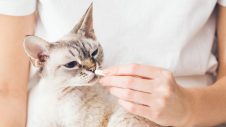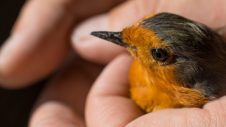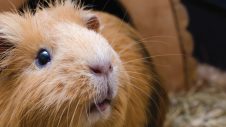Choosing a complete and balanced, nutritionally sound kitten diet is the perfect way to get your new family member off to a great start! There are many options available, from dry food to tinned and fresh options.
Nutritional Considerations For Your Kitten
Commercial pet foods are formulated to mimic your pet’s natural diet and provide the precise balance of protein, carbohydrates, fats, vitamin and mineral requirements that your pet requires. You will need to ensure you are offering your kitten an age-appropriate diet that meets AAFCO standards. Some pet foods are only designed as a treat, and will not be suitable for a growing kitten.
Commercially balanced food is available as either wet or dry. Whether you choose wet or dry is a matter of preference for you and your pet. Many kittens like the option of mixed feeding, that is dry food with a wet food (tinned, sachet, moose, freeze dried etc)
Digestibility of Kitten Food
High quality foods are more easily digested and absorbed by your kitten. This means better nutrition and better bowel motions for you to clean up!
Lower quality diets are not so easily digested, providing a more voluminous and frequent bowel motion.
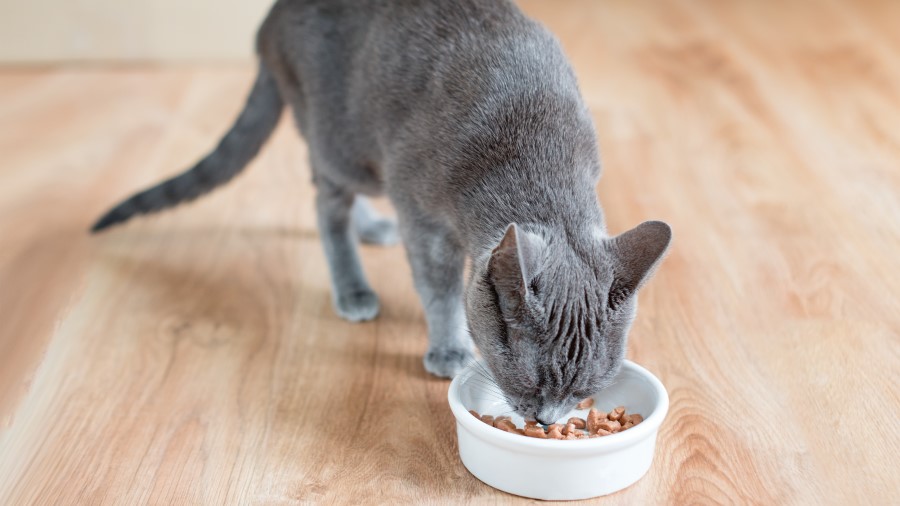
Frequency of Kitten Feeding
Growing kittens need frequent mealtimes. Whilst there is no definite rule, I would encourage three meals per day for kittens up to the age of 12-14 weeks, then reduce down to two meals daily thereafter.
Some kittens will graze throughout the day. Providing they are only fed the appropriate amount of food, so as to not become overweight, this is fine also.
How Much to Feed Your Kitten
Reputable brands of kitten food provide a feeding guide on the packaging. This will outline differing feeding amounts depending on kitten age and weight. However, feeding portions may need to be adjusted depending on the individual kitten, for example, if they are becoming overweight with the recommended feeding amount.
It is always worth remembering that feeding guides assume that you are only feeding that particular food, so if you are feeding a combination of wet and dry, you will need to adjust your feeding amounts accordingly. Your veterinary team can help you with this.
Transitioning Your Kitten to Adult Cat Food
At approximately 12 months of age, your kitten will be ready to transition to an adult diet. You can do this by mixing your kitten diet with the adult diet of choice.

For more advice around changing your kitten’s food type, check out our previous tips on transitioning pets onto new food or speak to your local Greencross Vets.

 Greencross Vets
Greencross Vets 
